
Donetsk Oblast – At an unusually nice house on a street with rows of modest cottages, Ukraine’s front-line sappers spend their days indoors waiting for their daunting nightly missions– venturing out into “gray zones” laying mines sometimes as close as 100 meters from the nearest Russian trench.
“The scariest moment is when you are going there,” 43-year-old sapper Oleksiy from Dnipropetrovsk Oblast said. “And then your muscle memory starts kicking in, but until then, it’s long and painful. It’s impossible to get used to this.”
“Every time you go there it feels like it’s your last,” he added.
The sappers are from the 25th Airborne Brigade and are deployed near Kreminna, a Russian-occupied town in Ukraine’s eastern Luhansk Oblast. Fierce fighting continues to rage in the pine forests around the town, where visibility is compromised due to the forested terrain.
The Russian eyes are nevertheless always watching, the sappers say. Russia’s aerial reconnaissance drones are constantly flying above, and its troops have thermal vision devices to track Ukrainian movements at night. It’s difficult to hide from the drones because they can’t be heard at a certain height or distance, they added.
While stepping on one’s own or the enemy’s mines is always a risk, incessant Russian artillery fire is still the biggest threat to the sappers. The intensity of Russian attacks determines how long they work in any given field and how much they can get done on one mission.
And as soon as Russian forces begin barraging them with artillery, the sappers – working in small groups – need to dive down and stay low until it gets quiet.
Lying still can get very difficult when your comrades who have been hit by artillery or have stepped on a mine are screaming in pain, according to Oleksiy.
“In whatever condition they are, you need to keep lying because otherwise, you will end up the same,” Oleksiy said. Although several of his fellow sappers have been seriously wounded, he never gets used to how difficult it is, he said.
“You always want to return, but…” Oleksiy continued, but without finishing his sentence. “We pray each time to return and for everyone to come back.”
 Kyiv IndependentAsami Terajima
Kyiv IndependentAsami Terajima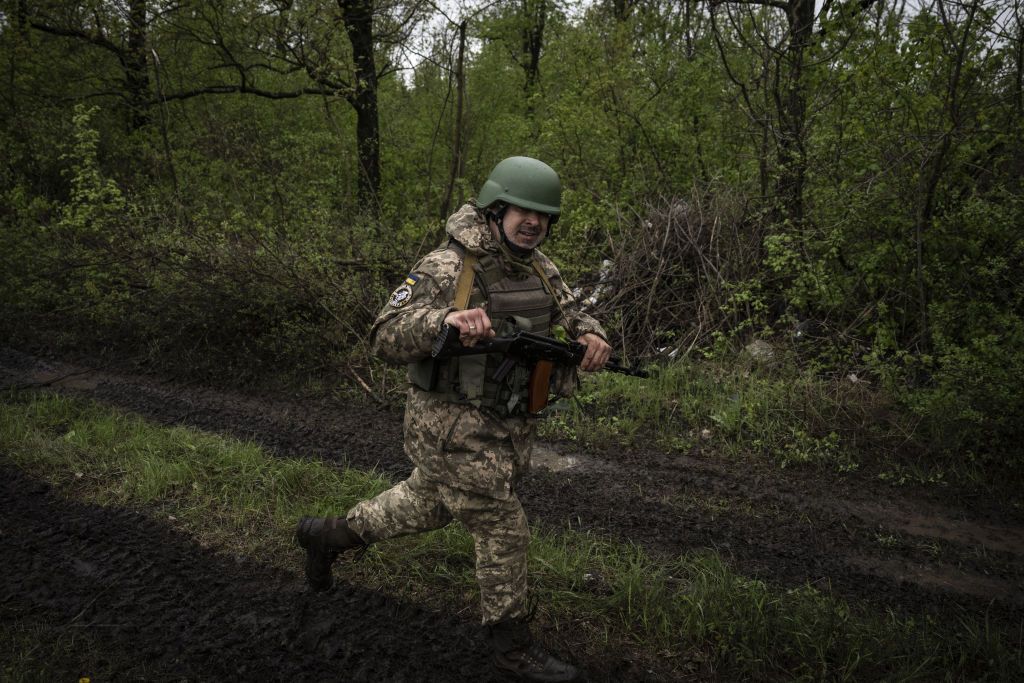
Daunting missions
When out in the field, infantry commanders usually show the general area where mines should be laid, and the sappers get to work, 46-year-old Andriy, a soldier from Dnipro whose call sign is “Sapper,” said.
Carrying a 10-kilogram anti-tank mine on his front and another on his back, and with a batch of antipersonnel mines in hand, the sappers move as quickly as possible through the field in small groups. It’s difficult to run because they are wearing 40 kilograms on their body, with their bulletproof vest weighing 16 kilograms.
Sometimes the shelling starts almost immediately as the sappers begin working; other times, a little bit later. It’s “a joy” to work in a quiet field, but it rarely happens, Andriy said.
But however intensely Russian forces are shelling a field, Andriy estimates that the sappers are able to complete their job 90% of the time.
“We try because we understand that it’s much harder for all the guys who are sitting in the trenches,” Andriy said, referring to the Ukrainian infantry deployed for days to weeks in the trenches.
The sappers say they lay mines about 100 to 200 meters in front of the Ukrainian infantry positions to make it harder for Russian forces to advance. The mines could help stall a potential Russian advance, serving as a reliable defense tactic.
But it doesn’t make the job any less scary each time, even if they are working 20 nights in a row, the sappers said. “It’s really based on luck, not experience,” Andriy said about working under shelling.

Growing fear
The Ukrainian sappers say they have one growing fear as the weather gets warmer and the plants grow taller: it will become harder to find Russian mines lying on the ground.
Russia has contaminated swathes of Ukrainian lands with mines, including banned ones, that could remain in the ground for decades. Ukraine is now likely one of the most mined countries in the world, with authorities saying that roughly 40 percent of the country's total land is mined.
The sappers say it’s particularly dangerous to work in the once Russian-occupied territories as banned Soviet-produced mines, such as the POM-2, are all over.
POM-2s are prohibited by the 1997 Ottawa Treaty, which bans the production and use of anti-personnel mines since they indiscriminately threaten civilians. The POM-2 is scatterable and contains a tripwire set to detonate when touched. Russia, however, never signed the international mine ban treaty.
Russian forces have also been relying on the use of sophisticated POM-3 anti-personnel mines, which the Human Rights Watch (HRW) said: "indiscriminately kill and maim.”
Both POM-2 and POM-3 are typically launched by mine-laying rocket launchers. The POM-3, with a seismic sensor triggered by footsteps, is being deployed for the first time in combat in Ukraine, according to the HRW. It expels metal fragments lethal to anyone standing within the roughly 15-meter radius.
While the Ukrainian sappers have been trained to detect and avoid Russian mines, they say that it’s still hard if they are abundant in an overgrown field.
“This is the most terrifying thing, even the worst, when it (the plant) grows” and it is more difficult to see the mines, Andriy said.
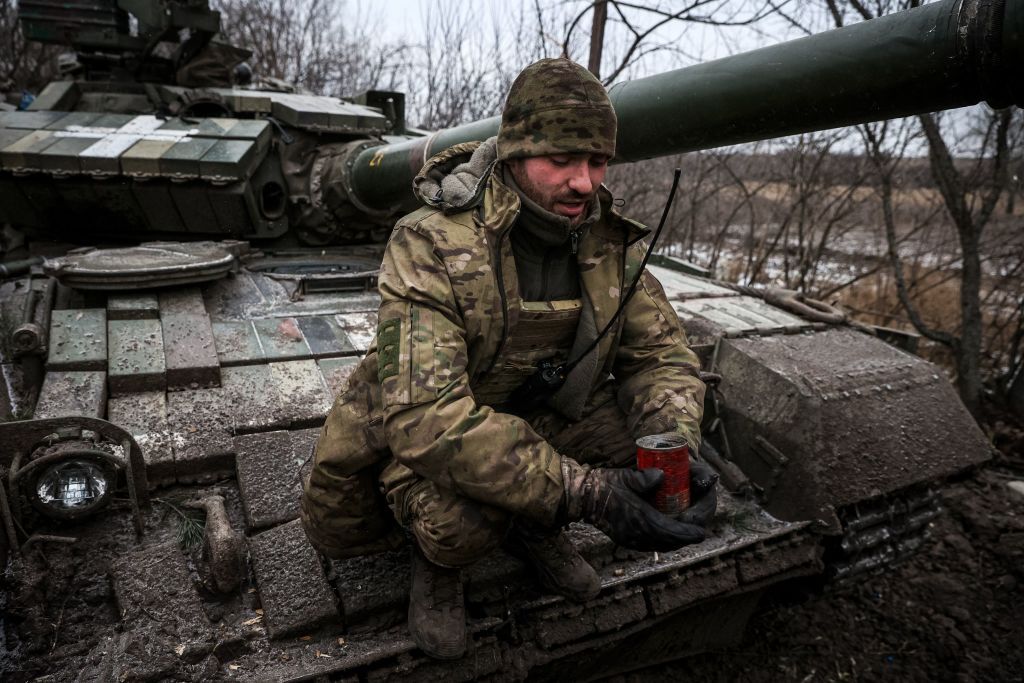
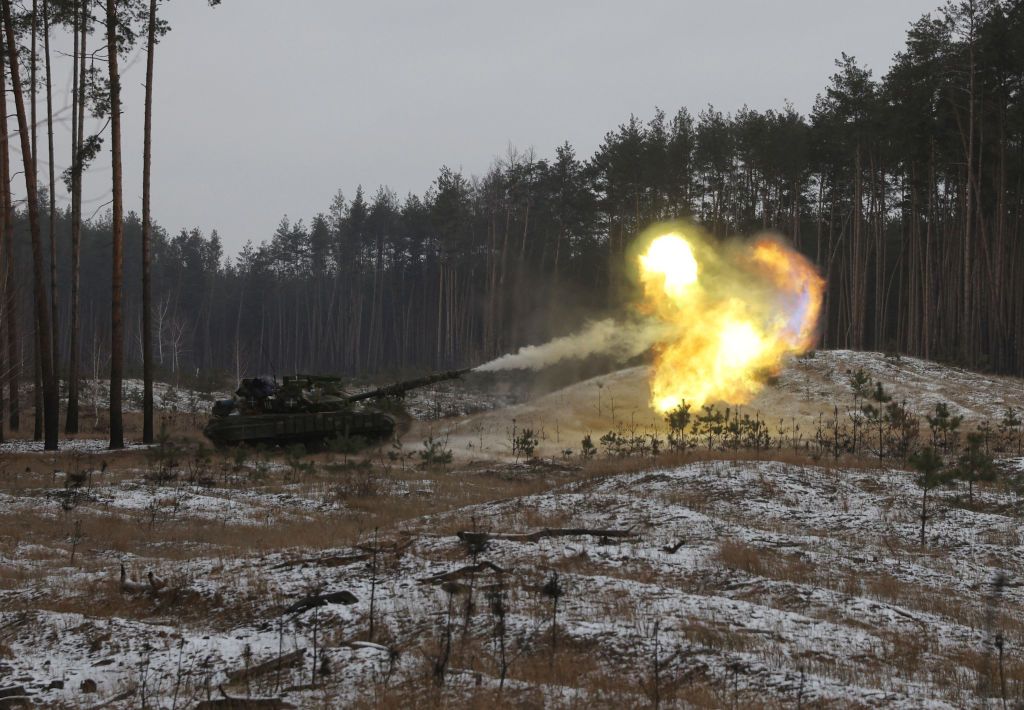

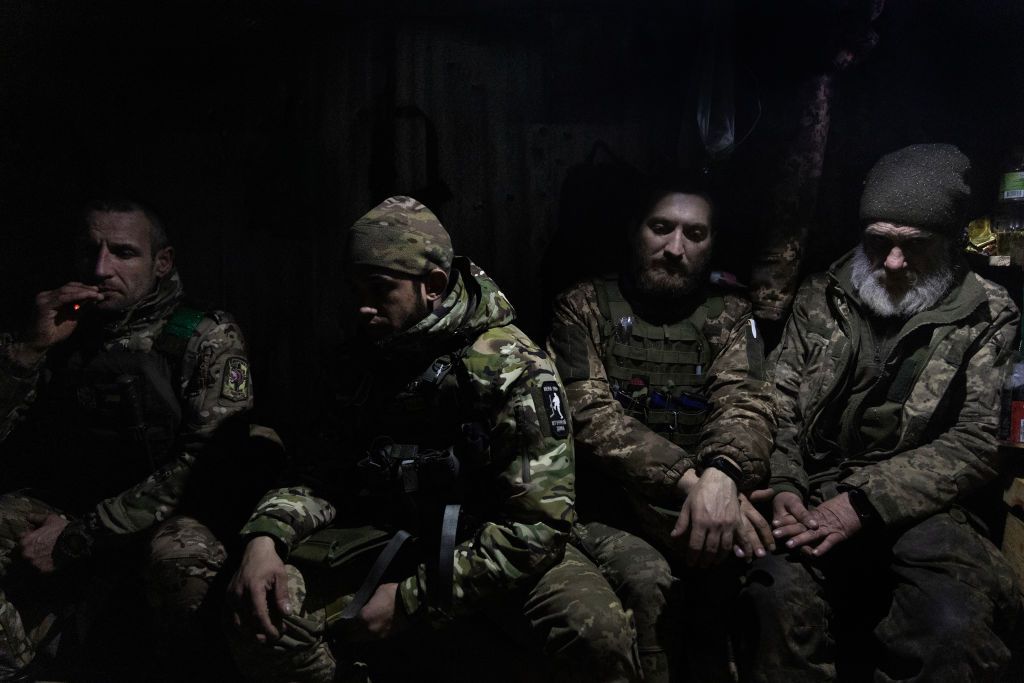
Fighting for the future
Pushing through life-threatening missions, the sappers from the 25th say they know exactly what they are fighting for.
“All of this (the war) must not be frozen, only until the end,” Makarov said. “I think our kids should live better,” Oleksiy, a father of two, added.
Oleksiy explained that there are young men who were ten-year-olds when Russia invaded Crimea and Donbas in 2014, now fighting alongside him on the battlefield, and he doesn’t want the same for future generations.
“My son is ten years old, and he must not need to go (to war) in nine years, you never wish such things for children,” he said.
Oleksiy, whose civilian life ended abruptly when Russia launched its full-scale invasion of Ukraine in 2022, is eager to return home. But his hometown of Marhanets near Nikopol is under constant threat, located just across the Dnipro River from the Russian-occupied Zaporizhzhia Nuclear Power Plant.
Oleksiy is more concerned about his son and 18-year-old daughter than about himself because the area is constantly shelled, and they have to spend their days in the basement.
For Andriy, 46, who spent his adult life in the military, he feels that physical work is becoming harder. “Dragging (heavy anti-tank mines) is hard, I’m not 20 years old anymore,” he said.
“There is a motivation to go further and further,” Andriy said, but “war is war,” and “everyone has some kind of fear – some have more, some have less.”
“But this is our job. We are scared, but we keep crawling,” he added.
 Kyiv IndependentAsami Terajima
Kyiv IndependentAsami Terajima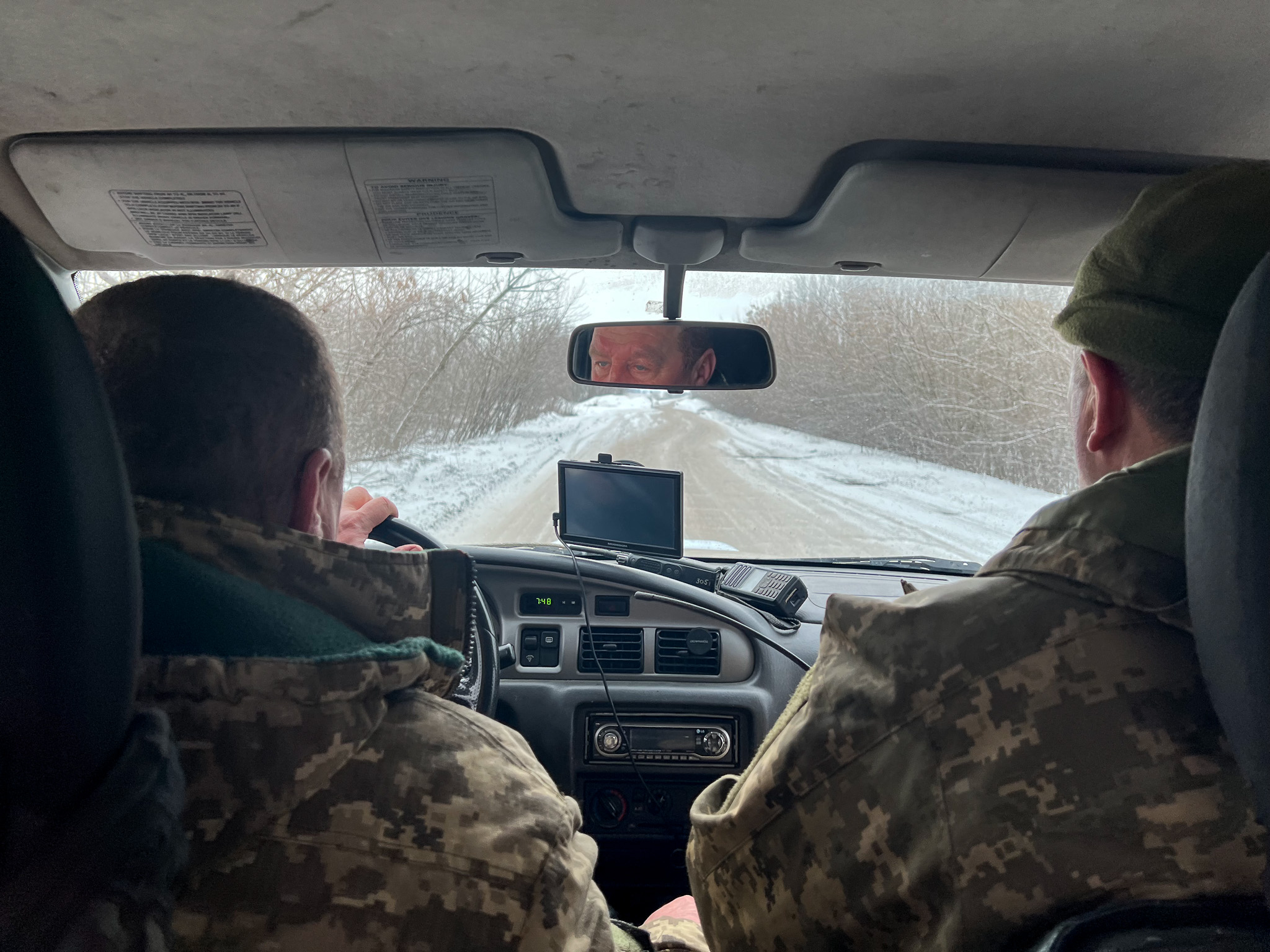
______________________________________________________
Note from the author:
Hi, this is Asami Terajima, the author of this article.
Thank you for reading my story till the end. I had the opportunity to get to know many sappers from various brigades deployed in Donbas, and their job is extremely dangerous – but crucial to Ukraine's defense. They are putting their lives at enormous risk each time to prevent a further Russian advance in the east. To help the Kyiv Independent tell more stories of Ukrainian soldiers and continue reporting on the ground, please consider supporting us by becoming our patron.
Comments
No comments yet. Be the first to react!